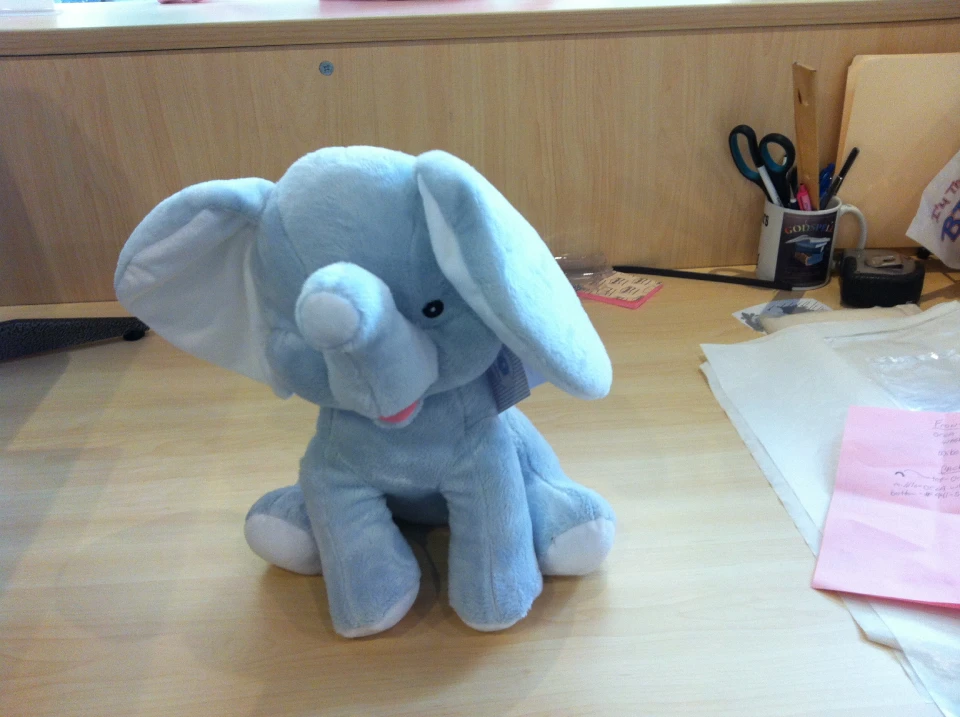Individualized Lab Coats with Embroidery for Medical Professionals
Wiki Article
The Art of Customized Embroidery: Unlocking the Tricks to Creating Distinct and Memorable Designs
Embroidery, a craft soaked in custom and artistry, holds within its intricate stitches the power to change textile into a canvas of special expression. The tricks to producing customized embroidery styles that astound the eye and leave an enduring impression hinge on a fragile equilibrium of method, creativity, and focus to detail. As we explore the globe of customized embroidery, we uncover the nuanced interaction between thread selection, sew complexity, and layout customization that raises a mere garment to a job of art. Join us on a journey with the art of custom embroidery as we untangle the secrets behind crafting absolutely memorable and distinct creations.Choosing the Right Embroidery Threads
When choosing embroidery strings, what key aspects should you take into consideration to guarantee the very best results for your customized styles? The option of needlework string is essential in determining the last end result of your stitched design. Among the key factors to consider is the product of the string. Various products such as cotton, polyester, rayon, and silk offer differing levels of shine, longevity, and appearance. It is necessary to choose a thread product that complements the fabric you are stitching on and lines up with the desired appearance of the layout.
Additionally, the weight or thickness of the string plays a significant function in the look of the needlework. Thicker threads can add measurement and texture to your layout, while finer threads are excellent for elaborate information and tiny message. Furthermore, taking into consideration the color fastness and washability of the string is essential to make certain that your custom-made designs maintain their top quality and vibrancy in time. By meticulously assessing these aspects and selecting high-grade threads that satisfy your specific needs, you can boost the aesthetic appeal and durability of your stitched productions.
Exploring Different Stitch Methods
To explore the realm of 'Exploring Different Stitch Methods', one should understand the complexities and nuances that each sewing technique gives the art of embroidery. Different stitch methods not only add aesthetic rate of interest however likewise contribute to the overall appearance and dimension of the style. One popular stitch strategy is the satin stitch, which entails carefully jam-packed parallel stitches to produce a smooth and glossy surface area, perfect for filling out forms and producing bold lays out.On the other hand, the backstitch is a versatile strategy commonly utilized for describing and adding fine information. It includes stitching backward to create a strong line of embroidery. Furthermore, the French knot stitch adds a tactile aspect to look at this site layouts, excellent for producing distinctive accents like flower facilities or ornamental touches.
Discovering different stitch techniques allows embroiderers to have fun with light, shadow, and depth within their layouts, elevating the visual charm and imaginative high quality of their needlework tasks. By understanding different sewing approaches, one can unlock endless opportunities for creating special and memorable custom-made embroidery pieces.
Incorporating Personalized Style Components
Having actually discovered the complexities of different stitch techniques such as the satin stitch, backstitch, and French knot, the focus now changes in the direction of including tailored layout aspects in custom needlework tasks. Customized style elements play a crucial duty in making needlework jobs truly special and memorable.An additional method to integrate personalized layout elements is by consisting of signs or motifs that hold unique definition to the recipient or show their interests and individuality. Including a favorite blossom, animal, or hobby-related icon can make the embroidery layout much more meaningful and individualized. Additionally, picking colors that reverberate with the recipient or align with the desired theme can additionally enhance the customization of the embroidery task.
Mastering the Art of Shade Coordination
One secret element of shade sychronisation is understanding color theory. This consists of understanding exactly how various colors interact with each other, the feelings they communicate, and exactly how they can be incorporated to develop visually enticing designs. By using shade theory concepts, embroiderers can develop harmonious color palettes see this here that boost the overall look of the design.
Furthermore, taking notice of comparison is crucial in shade control. Using contrasting shades can help specific aspects of the style pop, improve clarity, and develop an aesthetically vibrant embroidery piece. By mastering the art of color sychronisation, embroiderers can boost their layouts and produce unforgettable items that reverberate with customers and customers alike.
Enhancing Appearance With Advanced Needlework Stitches

Bullion knots, on the other hand, can be used to develop twisted, ropelike aspects that include a lavish feel to the needlework. Exploring with these advanced needlework stitches allows you to press the borders of traditional needlework and produce genuinely unique and aesthetically enticing appearances in your designs.
Final Thought
Finally, the art of customized embroidery involves a mix of selecting the best strings, checking out various stitch strategies, integrating individualized style elements, mastering color control, and improving appearance with sophisticated stitches. By recognizing and applying these essential aspects, embroiderers can produce unique and remarkable layouts that display their imagination and skill. Needlework enthusiasts can open the secrets to producing attractive and bespoke items that stick out and leave a lasting impact.Report this wiki page